Have you ever decided to take on a personal challenge that you believed would improve your life? Have you ever been surprised in hindsight that the thing you chose to do turned out to give you so much more than you bargained for? Or made you look at life a little differently? If you answered yes to any of these questions, then you will most probably relate to my little story about walking the “El Camino de Santiago” earlier this year. And you may well find yourself looking at your schedule for next year and thinking about how you could create a space for some “me” time in your calendar.
Inspired by the stories of numerous friends and travellers who have completed the walk, my interest in doing the Camino had been growing steadily for a few years. About three years ago, a movie called “The Way” was released. If you have never heard of it, the film is about a bereaved American father called Tom (played by Martin Sheen). He heads to France to recover the body of his estranged adult son who dies while travelling the “El Camino de Santiago.” Tom decides to take the pilgrimage himself, to honour his son by finishing the journey for him.
You may already be interested in making the pilgrimage yourself, in which case you may find the next couple of paragraphs are superfluous. But if you know little or nothing about what the Camino is, or cannot imagine why anyone would want to do it, then watching that film may be a valuable introduction from a research perspective. Here is the official trailer:
We all know that Hollywood is not necessarily going to portray things the way they really are. Movies like this always have to deliver a feel good factor. So if you are wondering if it is a fair representation of what you might expect from El Camino de Santiago, then I am pleased to inform you they have done a pretty good job. In the story, Tom has no idea about the profound impact the journey will have on him and his “California Bubble Life”. Inexperienced as a trekker, he soon discovers that he is not alone and meets other pilgrims from around the world, each with their own issues and looking for greater meaning in their lives. They have a few unexpected and amusing experiences along the way and create a strong bond with each other.
And I can tell you first hand that this is really what the essence of the walking the Camino is about. I met people from all over the world, who chose to come and experience it for many different reasons. Some came because they wanted to undertake a religious pilgrimage or they wanted to know themselves better. Some came to grieve the loss of loved ones or to unburden themselves from suffering. Some came because they were nearing the end of a personal transition in their lives and wanted to perform a ritual that would give them a sense of completion. Others came simply to enjoy the physical challenge that an 800 kilometre walk across northern Spain provides. Whatever the reason, we all embraced the spirit of community and camaraderie that makes walking the Camino a unique and unforgettable experience that has the potential to touch your soul.
Above: Pilgrims have been walking the Camino for hundreds of years (click on pictures to enlarge)
When planning and researching for my walk, the first thing I wanted to understand was what the term “pilgrimage” means, as most information sources refer to “The Way” as such. On Wikipedia, a pilgrimage is described as a journey or search of moral or spiritual significance. Typically, it is a journey to a shrine or other location of importance to a person’s beliefs and faith, although sometimes it can be a metaphorical journey into someone’s own beliefs. Further investigation reveals that some people go on pilgrimages so they can be healed and it is often considered as a transformational journey during which significant changes takes place in one’s life. Pilgrims often return from their journey with a “boon,” something good that will enrich their lives in the everyday world back at home. T.S. Eliot in “The Four Quartets” (1943) put it this way:
“We shall not cease from exploration
And the end of all our exploring
Will be to arrive where we started
And know the place for the first time”
So you can think of a pilgrimage as a journey inwards as well as outward. This sentiment is re-inforced by John Brierley, who writes the extremely popular “Pilgrims Guide to the Camino de Santiago“. For anyone who is thinking about undertaking the journey, this is really the only book you need. I picked up a copy a few weeks before I started my Camino and used it to compile a rough itinerary and have some degree of certainty that I would be able to complete the 800 kilometre (500 mile) route in 5-6 weeks. Incidentally, not everyone does the whole thing in one go. Many people walk a section of the Camino each year or whenever they can, eventually completing it after several years. Some never do yet still enjoy each of the sections as a standalone experience. It really varies quite a lot. In case you are wondering, over a quarter million people walk the Camino every year, with at least 50% of those doing it during July and August, so if you don’t like crowds, it may be worth going when the route is less busy and the temperatures are lower.
Above: John Brierley’s book about walking the Camino (left) is excellent and worth every penny. It contains information about the route, with full details of all the hostels, distances, estimated times between towns, historical facts, weather information and loads of useful photographs and maps. The one here (right) shows all of the Camino’s in Europe. “The Way” is marked in gold, starts at St Jean Pied-de-Port in southern France and ends at the Cathedral in Santiago (click on the map to enlarge the image)
You really don’t need much stuff to be prepared for the walk. My journey took a total of 33 days, carrying a small backpack weighing six kilos, washing and wearing as I went. Finding a bed every night was easy as there are hundreds of well run pilgrim hostels (called Albergues) which are mainly staffed by volunteers and offer a clean bunk and a shower for about five Euro’s. And in every village and town, you will find many restaurants, bars and cafes that offer a decent pilgrim supper for 8-9 Euro’s. The Internet is an abundant source of quality sites, blogs and journals covering the geographical and logistical aspects of doing the Camino, written by people who describe the whole thing in enormous detail.
Above: A typical Albergue provides clean, simple low-cost accommodation for pilgrims
So to avoid the risk of re-inventing the wheel, I am not going to focus on those aspects here – what John Brierley calls the “outward” journey. His book does a brilliant job of that already. Looking back afterwards, what really fascinated me was my inner journey – things I felt, observed, heard, understood, appreciated, learned and struggled with. Each brought subtle changes to my view of life. John Brierley provides a very helpful self-assessment questionnaire which you can complete before you start your walk and doing this helped me to think about what changes might be desirable to me. His suggestions encourage you to reflect on your life and its direction and help you identify areas you might like to grow in or experience in a different way.
If you decide to have a go at this exercise, it is hard to predict what answers you will get, but mine included strengthening my ability to make decisions more intuitively, to practise being mindful in every action, in each conversation and in each day, to fully enjoy the power of being in the present moment and to prepare for a new phase in my life – a new chapter that felt like it had been waiting to happen for some months. Without realising it, I created a very powerful context for myself that enabled me to notice many little events that I might normally miss in my daily life at home. For me, the Camino became a kind of five-week walking meditation! Things happened that led me to have an insight, which I wrote down in my notebook at the end of each day. Over the course of my journey, I was unexpectedly reminded of some ‘truths’ about life we tend to forget. Here are my top ten:
1. People are kind
When I am going about my daily life, am busy or in a hurry, I sometimes judge other people as being unhelpful, lazy or worse. During the Camino, my faith in the kindness of my fellow human beings was totally restored as I encountered dozens of examples of the unconditional generosity of fellow travellers. It started on day one when a marvellous Kiwi lady called Maria made sure we boarded the right bus for St. Jean and then helped me get my bearings for what was about to follow. In Pamplona, there was a tall, wiry guy from Switzerland called Micha. In the bunk adjacent to mine, he saw that I did not have a sleeping bag and the hostel blankets were very rough and uncomfortable (to keep the weight of my rucksack down, I didn’t take a sleeping bag). So he lent me his own silk liner to sleep in so that I would be more comfortable.
When I arrived in Logrono with a couple of huge blisters, a Spanish guy saw me struggling, gave me his own foot cream and helped me bandage them up, despite being in some pain himself. I had also strained my ankle, which had been spotted by a young girl from San Francisco called Lauren. She told me to rest, walked into town to get me a compression bandage (which she refused to let me pay for) and made sure someone else went to get me some food to eat. And it wasn’t just fellow travellers who were being kind. The manager of the Albergue at Hornillos, seeing my swollen ankle as I soaked it in a bowl of cold water, invited me to stay a couple of days (pilgrims are usually allowed only one night in each hostel as there are so many people walking) and went to find me a doctor who wrapped a bandage for me so that I could continue my journey, without asking for a penny from me. On the pilgrim route, locals were voluntarily making coffee and giving fruit to all of us at makeshift stalls – free of charge – to make the journey easier for us. Fellow room-mates took care of my laundry. I could go on. Suffice to say that the kindness you will encounter on the Camino will most likely blow you away.
Above: Just a few of the wonderful people who were kind to me during my five-week pilgrimage to Santiago. Standing, from left to right, are Micha (Switzerland), Geoff (New Zealand), Roberto (Latvia), Brittany (Canada). Sitting, left to right are Lisa (Canada), me and Lauren (USA)
2. Space is healing
This is something that really surprised me. When working out what I would take with me, my laptop had seemed at the outset to be an essential item. However, as small as it is, it was the largest and heaviest single item in my backpack. With the cable and adaptor, it added nearly two kilogrammes to my gear. So against my better judgement, I decided to leave it behind and broke out in an anxious sweat at the thought of not being online every day. However, it turned out to be a great decision as it meant that all of my attention and energy could be directed towards enjoying the experience right in front of me. After a few days of seeing the sunrise, listening to the sound of long grass blowing in the wind and the birds singing, feeling the warm sun on my face, I felt uplifted.
Walking mile after mile without any interruptions from the modern world like traffic, aeroplanes, music, and thousands of other people, I could feel my body calming down and a growing sense of well-being was taking me over. I am so used to living in a city that I no longer notice the continuous distraction of all the noise and chaos going on around me. Yet after a few days in nature, it was like being a different person. With this renewed sense of well-being, I began a meditative practice each day of forgiving myself for times in my past when I had not treated people well. During the Camino, the tenth anniversary of my divorce gave me an opportunity to see how far I have progressed on my life journey and appreciate the gifts that life had brought to me in the years since then.
Above: Miles and miles of clean air, silence and space is a great recipe for self-healing
3. Go at your own pace
Within a couple of days of the start, I had fallen in with a great bunch of people who were young, energetic, great fun and excellent company. And they were really fast walkers! Looking back, it was obvious that I was covering too many kilometres each day as it was painful for me and I was feeling exhausted when we eventually arrived at our albergue for the night. My new friends were on a tighter schedule than me. They had to reach Santiago at least 10 days before I did, as most of them had to return to jobs or other commitments. Knowing this, I felt awkward, as if I had to choose between letting them go or persist in trying to keep up with them as they were such good fun to be around. To begin with, I chose the latter until I developed a serious injury and simply could not go any further.
By doing this, I was observing a tendency in myself to keep doing something that didn’t really work for me in order to be accepted socially and meet my need for good company. I had placed these needs above my own health! Rather than take personal responsibility for slowing down, my failure to do that meant that life stepped in and made the decision for me. After saying goodbye and a couple of days rest to recover my badly swollen ankle, I proceeded at my own pace and travelled around half the distance each day that I had done with my absent friends. Slowing down meant I could enjoy the walking rather than be overwhelmed by the pain from walking too far, too quickly. The sense of gratitude and appreciation I started to feel as a result was quite strong and it made me wonder how much joy we miss in our lives because we are living ‘too fast’. Funnily enough, the idea for this blog came to me after I slowed down and meant that I had plenty of time to observe and think about what was happening so that I could report them to you here.
Above: Make sure you walk the Camino at your own pace and you will enjoy it a lot more. I believe the same is true about life!
4. Listen to your body
As a marathon runner, I really should know better about this. For the reasons stated above, I ignored and over-ruled the messages my body was giving me to slow down and rest it. After about 10 days, I pushed myself to the limit to keep up with my group, walking no less than 40 kilometres each day, as opposed to a gentle average of 20-25 kilometres. The pain in my ankles and legs was so great, I was taking pain-killers in order numb the sensations, just so I could keep up. This was truly mad behaviour that I was astonished to catch myself doing!
In the end, my body decided that enough was enough as one of my ankles had swelled to the size of a baseball, forcing me to take notice and listen carefully, especially as I wanted to continue running long distances for some time to come. Once my body and I were back in harmony, I was able to continue. In everyday life, it is easy to miss some of the cues our own bodies give us, because we are busy, tired, overwhelmed. There are plenty of stimulants we can purchase to keep ourselves going, even when slowing down or stopping to rest would be a much better option.
Above: Listen carefully to and get into harmony with your body and it will serve you well
5. Happiness is in the present moment
Walking the Camino is a great opportunity to experience this. It is one time when you can focus on where you are right now. No need to think about anything in the past, or worry about anything in the future. You just walk, one step after the other and enjoy this moment, now. It is a great feeling to know that when you wake up, all you have to do that day is walk, and of course eat and drink too. As easy as it is to say this, actually living it can be quite challenging. I recall one particular day when I received a not too pleasant email (I took my smart phone with me) from my girlfriend Marta and it played on my mind a little. It was quite tempting during some parts of my day to allow my attention to slip away from the beautiful landscape that was right in front of me, or from the people I was walking with and get lost in my own internal dialogue as I pondered an imaginary conversation with Marta that would happen if she suddenly materialised on the path. Lost in my thoughts, I stopped noticing things outside as I played out different scenarios in my mind as to how that conversation would go. Sometimes, I would catch myself doing it, and return my attention to this moment now, once again appreciating what was right in front of me, the joy of walking and being alive right now. It takes practise and the more I do this, the easier it becomes. I have begun to notice that the more I pay attention to the present moment, the greater my sense of joy and appreciation is for whatever is happening. And I find less things to complain about. For example, in Santa Maria, the nuns at the Albergue decided to play Simon and Garfunkel songs on the CD player as we were waking up in the morning. It was a small detail, yet I was aware how much myself and many other travellers really loved it as we got ourselves ready for our day accompanied by the music that played in our dormitory. It was strangely comforting and familiar and certainly not what you might have expected as the first choice from a group of nuns!
There were many moments like this. In Calzada, I stopped after several hours of walking to enjoy a beer and a sandwich at a heavenly little bar. There was such a lovely energy being radiated by the owner in that little place, miles from anywhere. I sat there and enjoyed it for about thirty minutes longer than intended and noticed I felt totally refreshed as a result. It enabled me to continue another seven kilometres that day with ease. In Leon, the obvious attraction is the impressive Cathedral. Yet my lasting memory of that city will be the time spent sitting in the park at the end of the day to catch the last hour of sunshine. In those 60 minutes, I fell in love with life all over again. And it was the same up in the hills at Foncebadon a couple of days later as I sat with a group of lively French pilgrims in the afternoon sun, enjoying great food and conversation. Bathing my feet in the whirlpool at the albergue in Ponferrada, the amazing clear blue skies over Villafranca and drinking champagne with fellow pilgrims on the outskirts of Santiago, not to mention receiving my Compostella certificate at the Pilgrims office upon reaching the city were all moments I fully enjoyed at the time and will never forget.
Above: You can enjoy many magical moments on the Camino, including some incredible Cathedrals like the one at Leon (left). One of my favourite moments was being given my Compostella certificate (right) upon completing my Camino at the Pilgrims office in Santiago (click on pictures to enlarge)
6. The journey is more important than the destination
You most likely have heard this expression many times, although it has a greater significance for a pilgrimage. An alternative title for this life lesson could have been “Everything happens for a reason”. We can be fixated (as I was to some degree) on reaching our destination at the time we have planned, with the risk that we may miss spontaneous opportunities that would really expand us in some way. Or we can hold our vision lightly (see number 7 below), so that we can follow our instincts sometimes and change our original plan, even if it means that our journey may also change as a result.
For example, early on in my Camino (when I was travelling with my young, energetic friends), I sometimes felt like ending my walking early in the afternoon, whilst they felt like continuing further. When this happened, I was aware that my head was saying “Go with them and you can stop later on”, while my instinct was saying “It would work better for you to stop early today and maybe catch them up tomorrow.” On this occasion, I went with my instinct and chose to stay in one of several albergues in the town. Lo and behold, in the same dormitory, I met and started talking to a girl who (it turned out) was from the same tiny town where I was born and grew up – a place that most people I meet have never heard of! When things like this happen, it feels like a blessing to me and I am always stunned about the accuracy of my instinct as a pre-cursor to these unlikely events.
It happened again in Hornillos. Deciding to honour the needs of my body and rest for a couple of days, I met a guy called Christian from Cologne in Germany who was in a deep contemplation as to how he could construct his life after the Camino. We talked for a couple of hours and it became obvious that the decisions that I had taken some years ago to begin my own global nomadic experiment were extremely relevant to him. I had a strong sense that the Universe had wanted our paths to collide so that he could receive this information from me. When these moments happen, you really experience the power of going with the flow and the incredible reward it brings in terms of the heartfelt joy and happiness you feel.
Above: The El Jardin albergue in Mansilla. Follow your instincts and you will end up exactly where you should be
7. Hold your vision lightly
One further example of the serendipity that can happen when things do not go according to plan was illustrated after my arrival in Burgos. That particular day, my friends and I had set off in the morning a bit later than normal. We also took more time resting along the way than usual, mainly due to the fact that we were meeting such great people and engaging in brilliant conversations with them. As a result, we arrived at the municipal albergue in the centre of Burgos quite late in the day, and much later than we expected. As you may have guessed, the albergue was full when we arrived. Feeling disappointed, tired and a bit annoyed, we had to start looking for an alternative accommodation. I will pause the story at this point to introduce a new element to this tale. Some weeks before, whilst in Thailand, I heard on the grapevine that someone I knew in Chiangmai (where I live) was also going to walk the Camino, yet I didn’t know exactly when or what her itinerary was. And as we were not in contact, it seemed to me to be extremely unlikely that we would bump into each other.
Back to the story – in Burgos, my friends and I eventually found two suitable rooms for the night in a backstreet hotel and we decided to check-in. We dumped our stuff in the rooms and went out to get some food. Upon my return to the hotel, I couldn’t believe my eyes! On the same floor, in the same hotel, literally in the room next door was my friend from Chiangmai. That very unlikely sequence of events had enabled us to meet. I am no mathematician, and I would guess that the probability that such an event would materialise is very slim indeed. This felt quite magical, just like it did when I received another (unexpected) email from my girlfriend Marta offering to meet me in France at the end of my Camino. Speaking with her before I started, I had no idea that this could even be possible. So I had made plans to continue beyond Santiago to the coast at Finisterre, which is the traditional end point for many pilgrims walking the Camino. With this incredible invitation from her in hand, that plan went out of the window and once I had made it to Santiago, we met and enjoyed four wonderful days in the city of Bordeaux.
Above: The stunning 13th century Gothic Cathedral in Burgos
8. Whatever you truly need shows up (if you stay calm)
The older I get, the more I know this to be true. Time and time again on the Camino, when there was a need to be met, someone would show up just in time. For example, some of my friends know that when it comes to domestic chores, I can be a bit lazy! Living in Thailand, I am rather spoilt because there are many places which do your laundry for you for next to nothing. So to be honest with you, I was kind of dreading having to wash my own clothes each night in the hostels. My first day on the Camino was a long and tiring one and I prayed that someone would be able to take care of my laundry for me. So when I arrived at the albergue in Roncesvalles, a huge monastery with 400 beds, I was amazed to discover there were a group of volunteers doing laundry for pilgrims for a small charge. My gratitude knew no bounds as I escaped doing laundry for one more day!
Another time, on my way to Los Arcos after an early start with no breakfast, I was starting to feel hungry and according to my guidebook, there was nowhere to eat for some time. You can imagine how overjoyed I was five minutes later when I clapped my eyes on someone with one of those ‘burger van’ portable food places who had temporarily set up shop on the pilgrims path. That same evening, with my feet aching from the day’s walk, I dreamed about being back in Chiangmai where you can procure exquisite foot massages for a couple of pounds. Half an hour later, I met a couple of women from France who were massaging each others feet and they kindly invited me to join them. Another day, with my ankle quite swollen, I managed to get one of the last remaining beds at the municipal albergue in Najera. Had I not done so, it would have meant walking a further 10 kilometres which I was in no state to do.
Being an avid soccer fan, I was determined to find a place to watch the Champions League Final (live), especially as two Spanish teams were playing each other. On arrival in Pedrouzo, right across the street from our hostel, there was a fantastic, atmospheric bar where myself and other dedicated fans could watch the game. Last but not least, I was fortunate enough to witness the traditional ritual of the swinging of the giant incense burner in the cathedral at Santiago. With only one day remaining before my departure, I was expecting to miss this spectacle and had been told there would be no ceremony that day. Feeling disappointed, I accepted this and let it go, only to hear an hour later that a mass was being convened that evening and the incense burner would be swung! Yes, everything I needed showed up, as I am sure it probably does for you too. Be grateful when it does.
Above: The ritual of swinging the incense burner in Santiago Cathedral, originally intended to cleans Pilgrims as they were so filthy after their long walk, is still performed today, although it is purely a visual spectacle these days – do not miss it if you ever make it to Santiago!
9. We carry more than we need
There is plenty of advice in John Brierley’s book about what to take and what to leave behind when walking the Camino. None the less, I saw many people who had packed far more than they needed for the journey, for reasons that I am sure they could justify if they were called to do so. Being someone who has lived out of one 22 kilo holdall for the last nine years, I am well-adjusted to travelling light so it may be easier for me to say this than it would be for other people. Yet even me, with just six kilos and no sleeping bag or laptop, managed to pack one or two items that I didn’t want during the five weeks of my journey. I guess that some overpacking is inevitable as it can be hard to anticipate what your exact needs are going to be. However, it left me wondering if we all tend to carry much more than we need in our lives. Materially, you can see this phenomena in the incredible numbers of people who rent additional storage space to house stuff that will not fit in their homes. And not to mention the emotional baggage that some of us carry. The Camino is a great opportunity to discover how to travel light and offers a sound lesson that can easily be carried over and applied in the rest of your life afterwards.
Whilst on this subject, another of the great rituals of the Camino occurs at Cruz de Ferro, just past Foncebadon. Traditionally, every pilgrim carries a stone in their pack which they have brought from their home. The stone represents a burden you are carrying in your life at this time and wish to let go of. At this majestic spot, 1,504 metres above sea level, there is a simple iron cross atop a weathered pole that has become one of the abiding symbols for all pilgrims. Here, you can stop for a while to re-connect with the purpose of your journey and then place your stone at the foot of the pole. In doing so you release yourself from the burden that you have been carrying. This is one place that witnesses our collective journey through this life, and was an extremely moving part of the journey for me as well as the spiritual highlight of the trip.
Above: Cruz de Ferro is a place you can let go of unwanted burdens you carry in life and is a truly magical spot
10. Leave it as it was or better
If you have read everything to this point, you may well be getting a sense that walking the Camino is a pretty incredible and rewarding thing to do. Understandably, more and more people are making the choice to go which raises the possibility that those who walk this path, if done with no awareness or care, could spoil it for others who follow. I witnessed a pilgrim in one hostel drawing graffiti on one the beds which gave rise to some genuine sadness in me as it appeared that he had no idea he might be spoiling the experience for those pilgrims that would follow him the next day, month and for years to come. We all face the same issue with our entire planet, so in that sense the Camino is no different. One of my missions in life is to see if I can tread lightly whilst I go about my life. If you do decide to walk to Santiago, then it is something you can mindfully choose to be aware of and by doing so, safeguard the beauty of this amazing journey for everyone.
Above: The Camino is an unrivalled experience and definitely something to treasure for years to come. From left to right, the path runs through this beautiful forest on the way to Roncesvalles at the foot of the Pyrenees, the Cathedral and castle in Astorga, and the path winding its way towards Alto del Pardon (click on pictures to enlarge)
If you have any questions about the Camino, or would like help or advice if you are planning to walk it yourself, you are more than welcome to contact me.
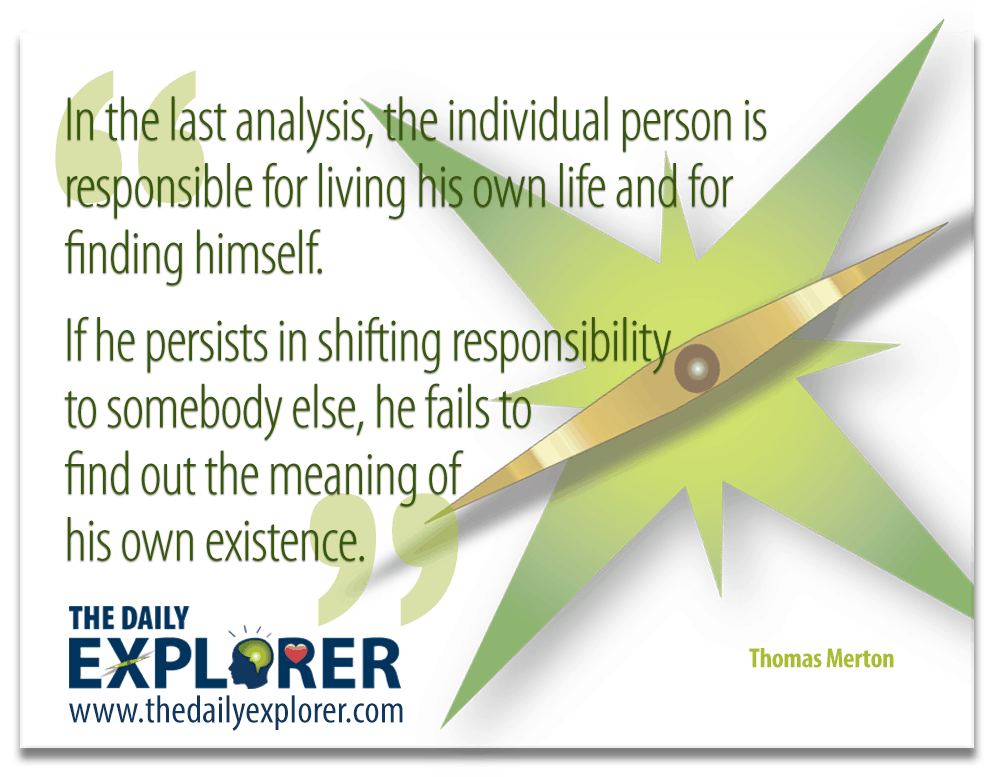

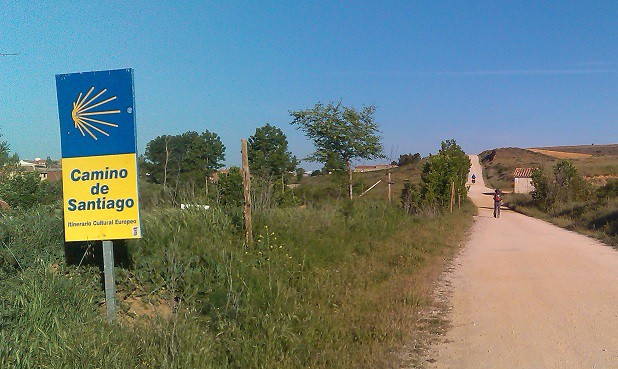
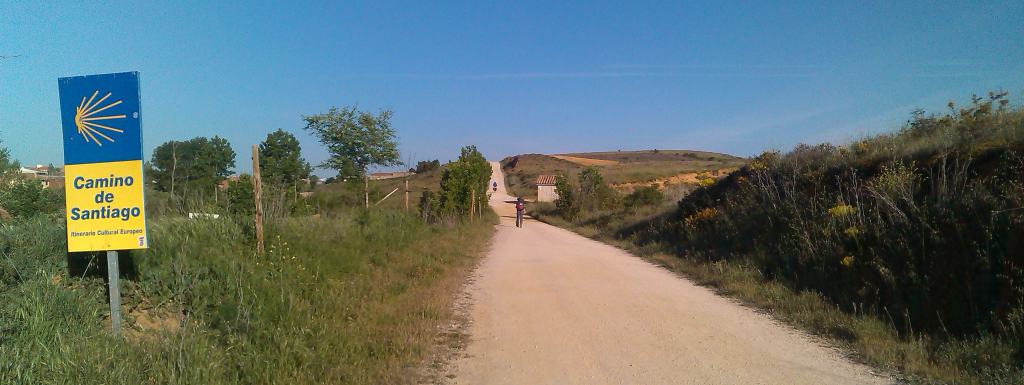
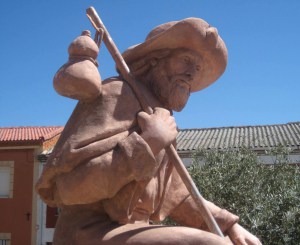
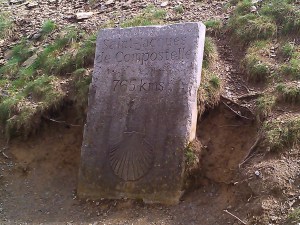

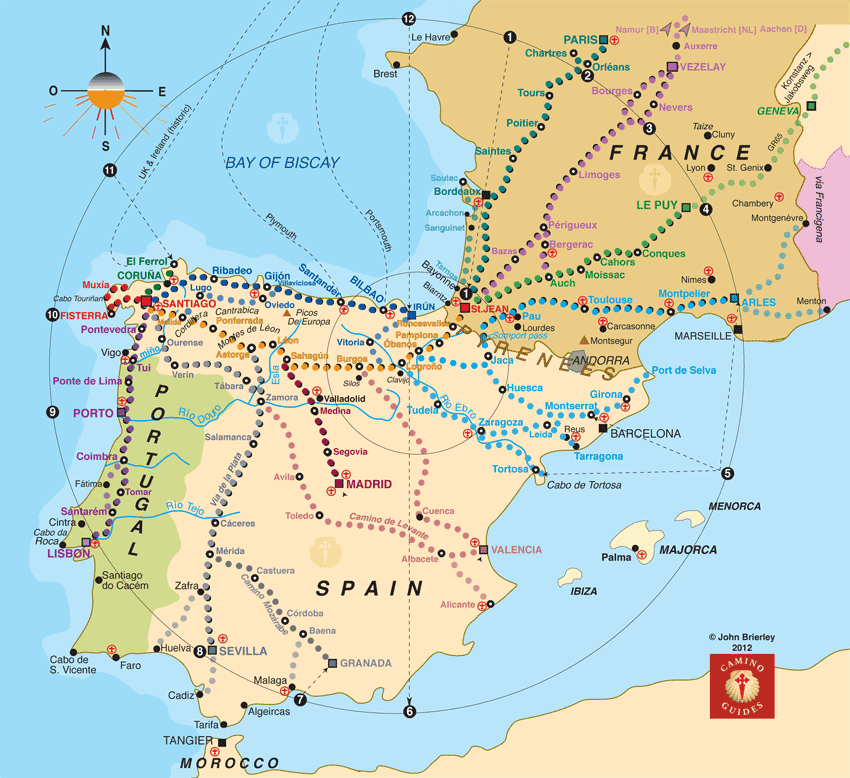
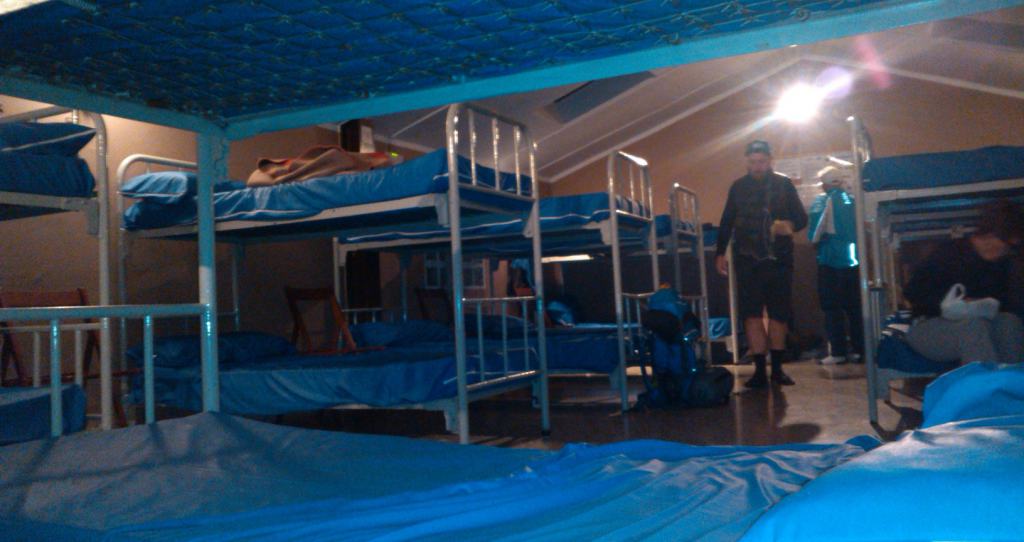
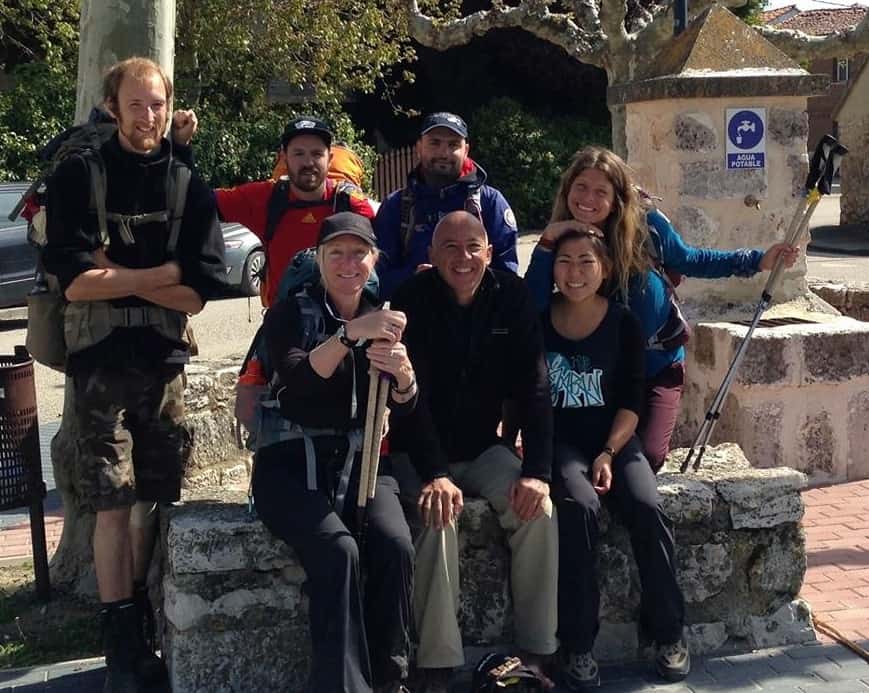

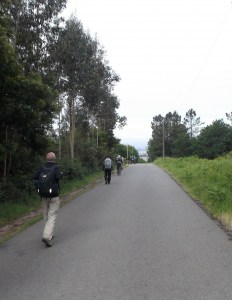
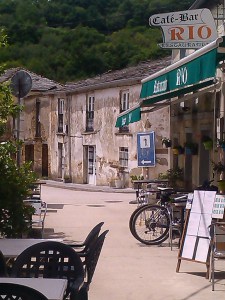
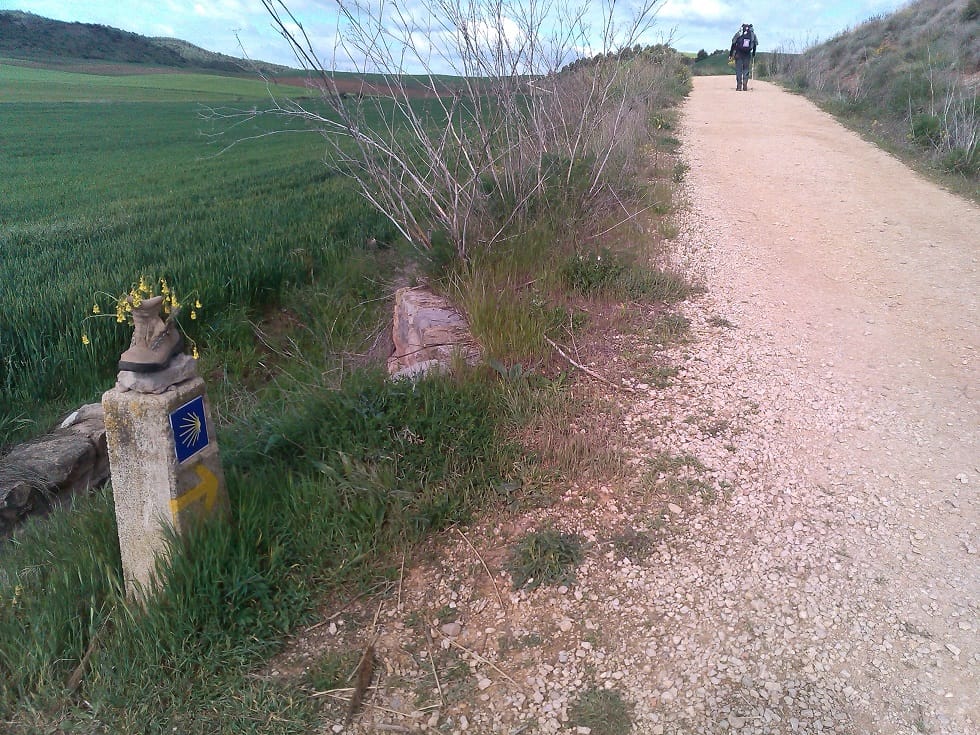
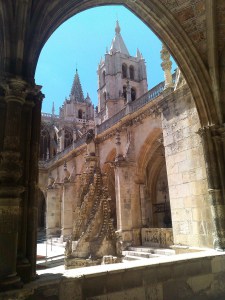

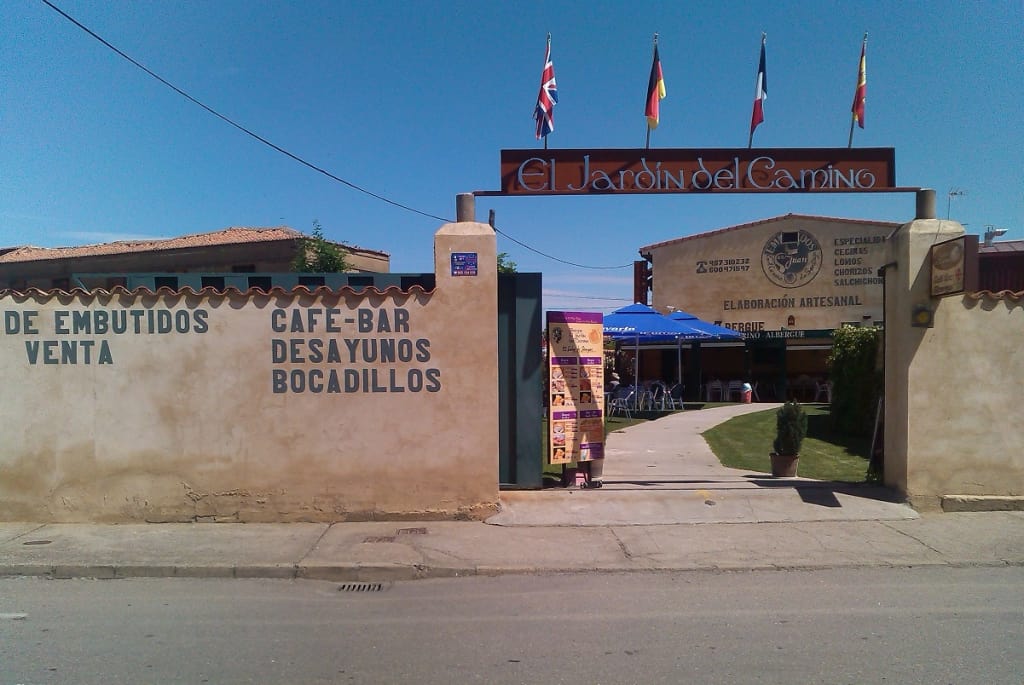
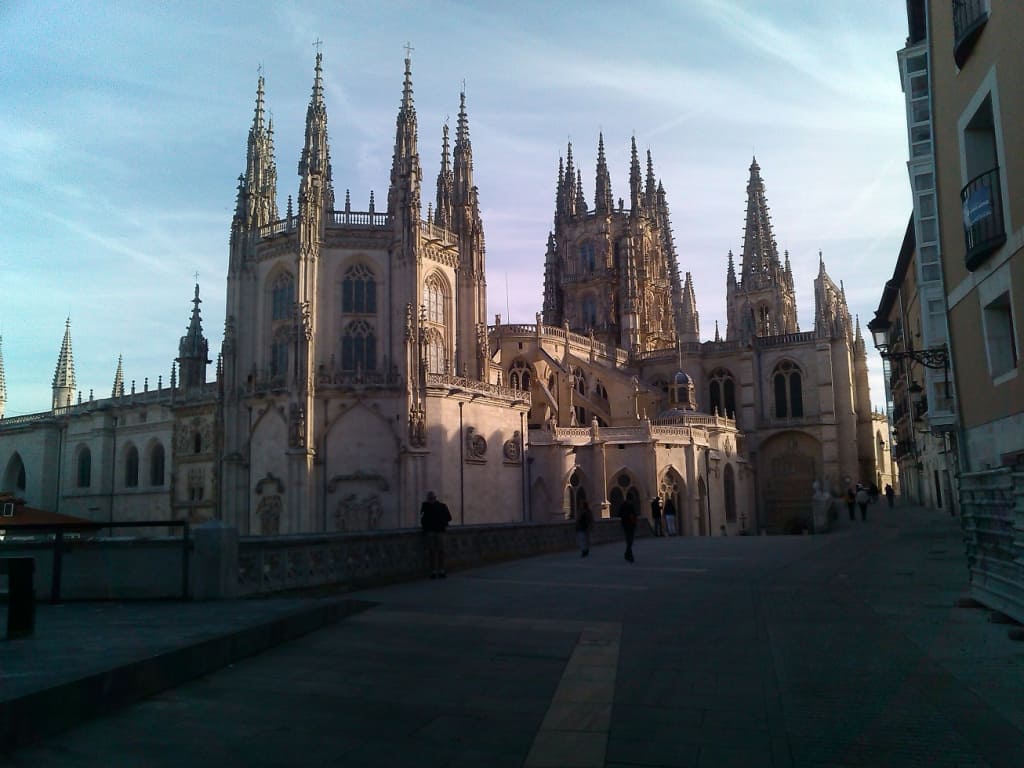
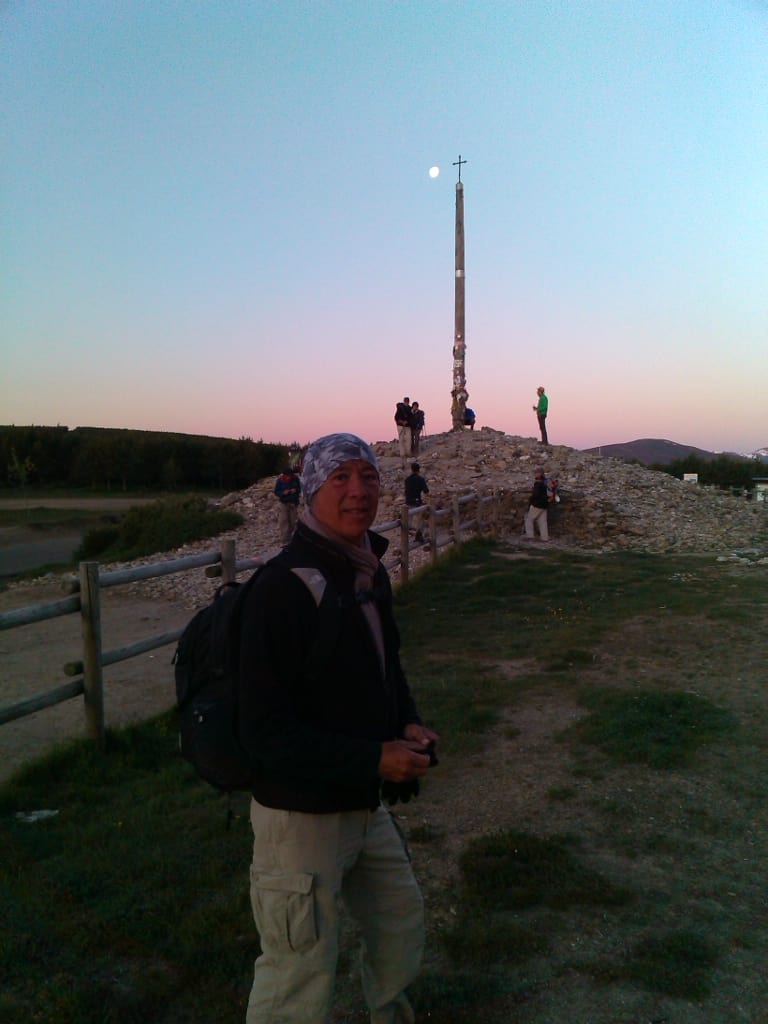
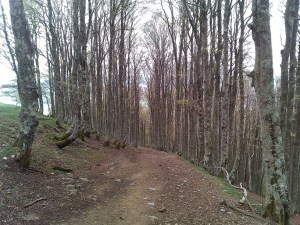
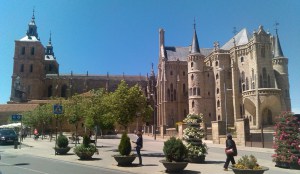
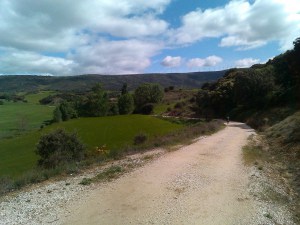
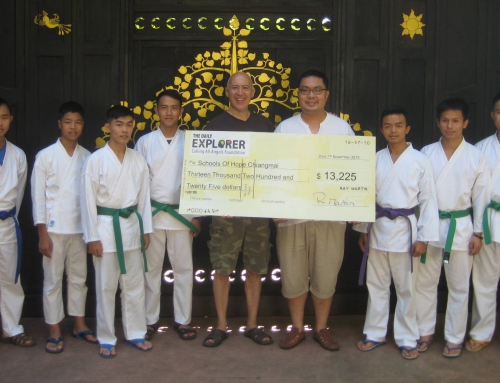
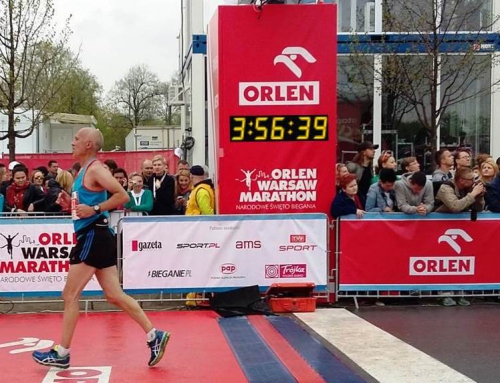
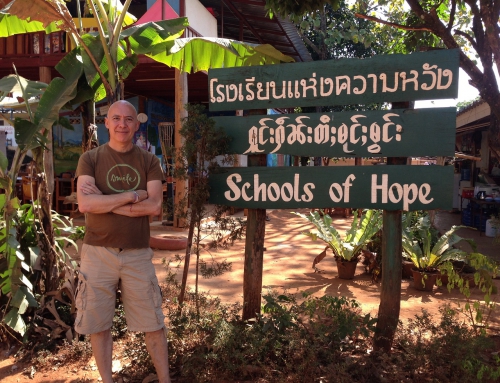
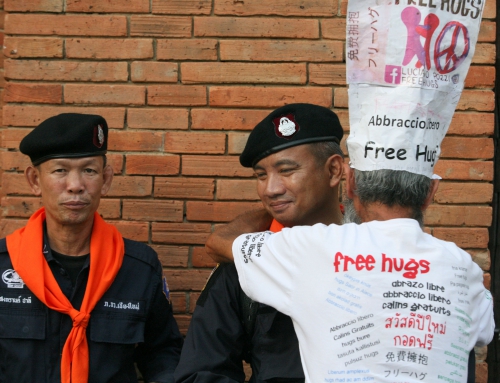

Hi Ray, Just wanted to say I loved this blog, I have long dreamt about doing this camino and your account gave me renewed hope that one day I will do it. It is lovely to see your optimism and enthusiasm for life is undimmed.
All the best, Bridget
Thanks Bridget. Go for it! You will not regret your decision x
Beautiful, wise & inspiring writing!
Thanks for being so honest!
Thanks Gilia. It is quite a challenge to write about something like the Camino as it is virtually impossible to replicate the experience in words. The same challenge applies to writing the book (Life Without A Tie) as I want to share the experience of living as a nomad for nearly 10 years! Will keep you posted x
Hi Ray
We met at the CiaB learning days in the summer and you told me your story over dinner. I really loved reading about your Camino experience. I did it myself a few years ago and it was an incredibly powerful journey. I remember going into tiny churches in tiny villages and being moved to tears by the beauty in there and the colours in the reredos (those pictures and carvings behind the altar). And the friendships.
Thank you for reminding me of one of the best experiences of my life.
love
Ginny x
Thanks Ginny. We are very fortunate to have such great opportunities. Hope you are well and enjoying life x
Hey Ray
As always, you are amazing how you view life and enjoy it to the full. You are so inspirational and may be people follow you in your footsteps and walk El Camino Santiago or just take a few days out to do a local hiking trail, I hope your followers will embrace your lead and take time out for themselves. Being a volunteer holiday walk leader now, I can see how our guests enjoy the time away from all the challenges and complexities of life. As you said when you are out there, you enjoy the now and learn so much about yourself. Thanks Ray for sharing.
Jacob
Thanks Jacob. Would love to read about your experiences as a holiday walk leader – any plans for a blog?
Beautiful Ray! Thank you so much.
Walking the camino has long been a dream of mine, and after reading this I feel the urge get stronger.
Your writing is simple, humble and wise. A joy to read.
Hugs, Deborah
Thanks Deborah. I am sure you will not regret doing it!
Ray, this is really inspiring in more ways than one. Thank you for sharing.
Wonderful post, wonderful. Thank you.
Thanks Ray for an enjoyable and interesting read. This sounds similar to experiences in the Celestine Prophecy… especially the experience of synchronicity! I think synchronicity and our needs being met can happen in ones travels and ones life if we stay open. What would be the difference between walking the Camino and trekking for days in the mountains? It certainly looks beautiful, though and very tempting.
Hi Ray
Thanks for sharing.
It is very inspiring walking “The Camino” indeed. To be able to be in the moment and enjoy it is really good.
Keep the spirit going
Wonderful story Ray – thank you for telling it! And it seems to me that your top 10 truths are a guide to living well and authentically. Since my lens for life is The Heroine’s Journey, I see it everywhere in your tale. While most people will never take 30+ days for an adventure like this, by you sharing yours, they will get a lot of benefit and wisdom in any case. Good on ya, mate, for that gift!
Blessings for the Journey,
Victoria
Hi Ray – to be honest I didn’t read all of your blog…I just wanted to get an idea of what the 10 life lessons were (maybe I need to learn to be patient!) and all I can say is YES YES YES x 10 – you nailed it. I’ve just turned 60 and am enjoying the wisdom that this age is bringing to me – I only feel about 40 but the years are going by whether I like it or not – and I feel I am in a new place recently regarding what is important and how to be with myself… and that is the hardest journey of all… not that I am a hopeless case or anything. It’s just that I have spent a lifetime being my own harshest critic and striving to prove myself in one way or another and at last I am learning to appreciate who I am and how to be grateful for what I have rather than striving relentlessly for what I have not. And I so agree that happiness is to be found in the moment. Thank you Ray for the way you show up and how you share your adventures with us – we all learn from them. A Ray moment that makes me happy.
Thanks Tony. I love what you say about how to be with yourself – it seems to me that this is the greatest challenge as I am so soaked in my beliefs about having to prove this, that or the other. If I can reach the end of my life simply having loved what I have done, even if I am the only person who knows, I will be very happy. Actually, I am already happy ha ha! The book I am writing, called “Life Without A Tie” will be very much in the style of this latest blog, except it will be based on nine years of experience, rather than 5 weeks which is why the research is taking such a long time! I will keep you posted on that. I have loads of respect for you and am always impressed by your open hearted and honest approach to living – thank you.
Ray – truly inspirational. Thank you for sharing. Missed you while I was in CM in October. Now I know where you were! I look forward to reading this AGAIN.
Thanks Sue. It really is a great experience.
Thank you very much Ray ! I did enjoy every single word you wrote. The story was so authentic and real that I can understand the feelings you got during the path, the warmth, the kindness and generosity.
Thanks for reading. Hope all is well with you!
Hello my dear friend Ray, Thank you for sharing your journey. I really appreciate your insights. You are a gift to the world. Much love to you, Hajjar
Thanks Hajjar. Love and light to you x
Thank you for sharing your memories and thoughts of the Camino. It is very difficult to explain the impact, particularly the emotional impact of travelling the Camino. For me, it was truly one of life’s great experiences. You’ve made me want to go back and relive it again.
Congratulations on walking and completing the “El Camino de Santiago”! Reading your story, I could feel a lot of the emotions you have experienced, from sadness to joy, from doubt to having faith, from being a ”city person” to being reborn and recharged. I think we can all find our own answers through your story if we give ourselves enough time to reflect and take courage to make a step back like you did… You are doing very meaningful work for yourself and others, thank you for these insights to help us on our own life journey.
Warmly,
Raf
Thank you for sharing your journey with us. I really felt like I was walking by your side and your 10 tips are very true. It is such a good reminder for us to stop running (not the marathons!), enjoy the present moment and all that it brings. The magic of life will then unfold. Look forward to reading the book. Love Sally
Thanks Sally. Work on the book (Life Without A Tie) is underway!
Beannactai from Ireland Ray :). It’s very interesting to read about your experience – I’m hoping to do the Camino next year. Thank you for sharing your journey in such a thought provoking way. May you continue to encounter the magic in life!
xAnne-Marie
Thank you for such an inspiring post and simple reminder of some our life truths. It really resonated. Will walk the Camino someday and in the meantime will think about those truths! Take Care Ray.
I am sure you will love it!
Well, it certainly makes me want to do it! Mabye that day will come someday. I will share your blog with my sister since she is contemplating the idea of taking this great voyage in the near future.